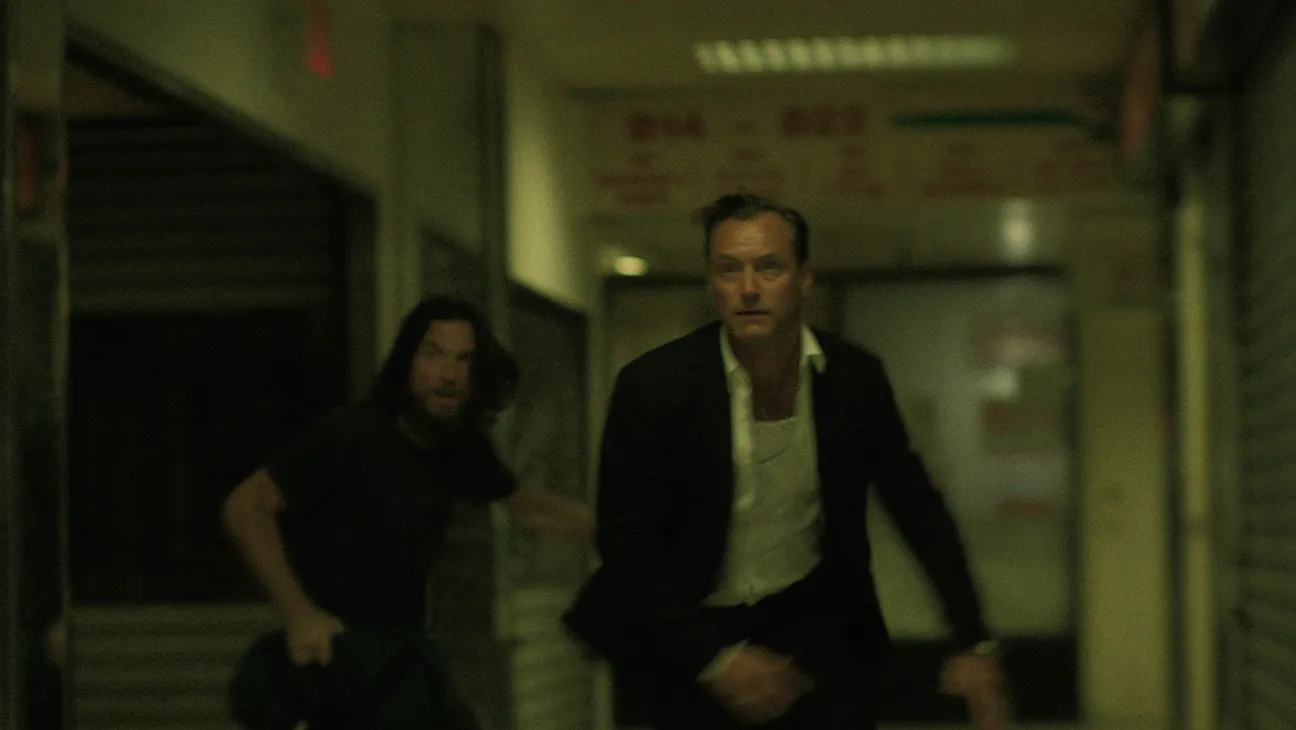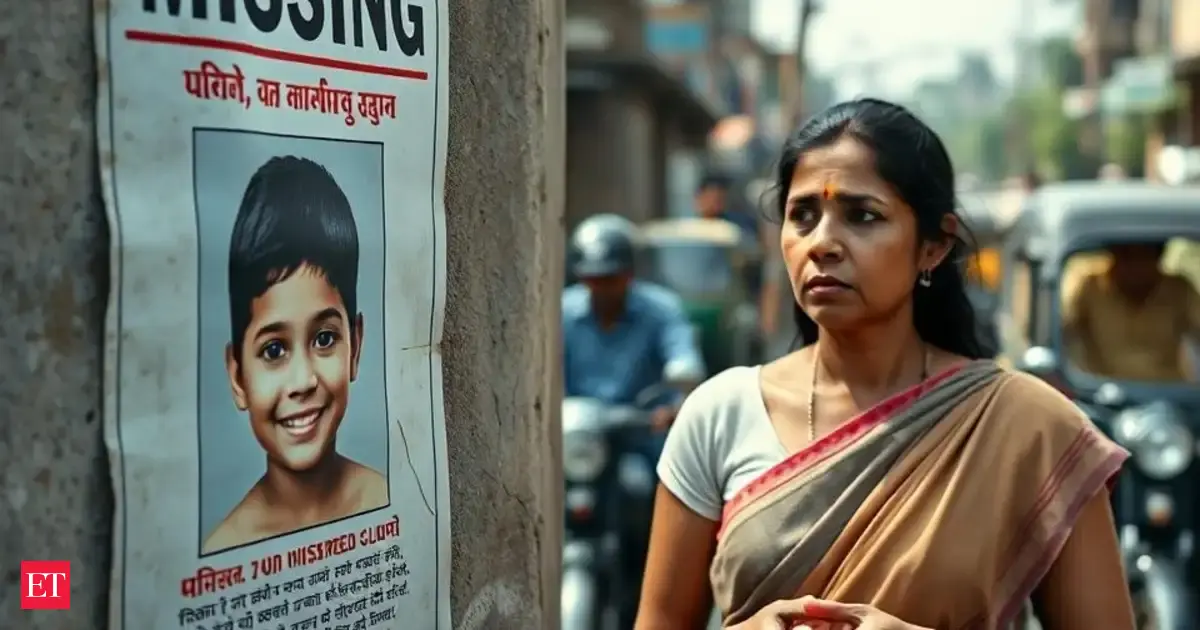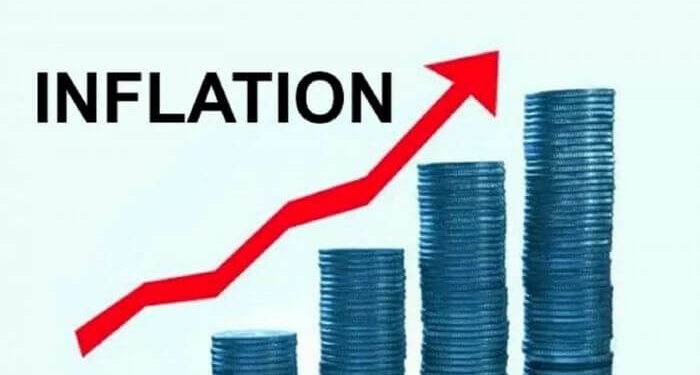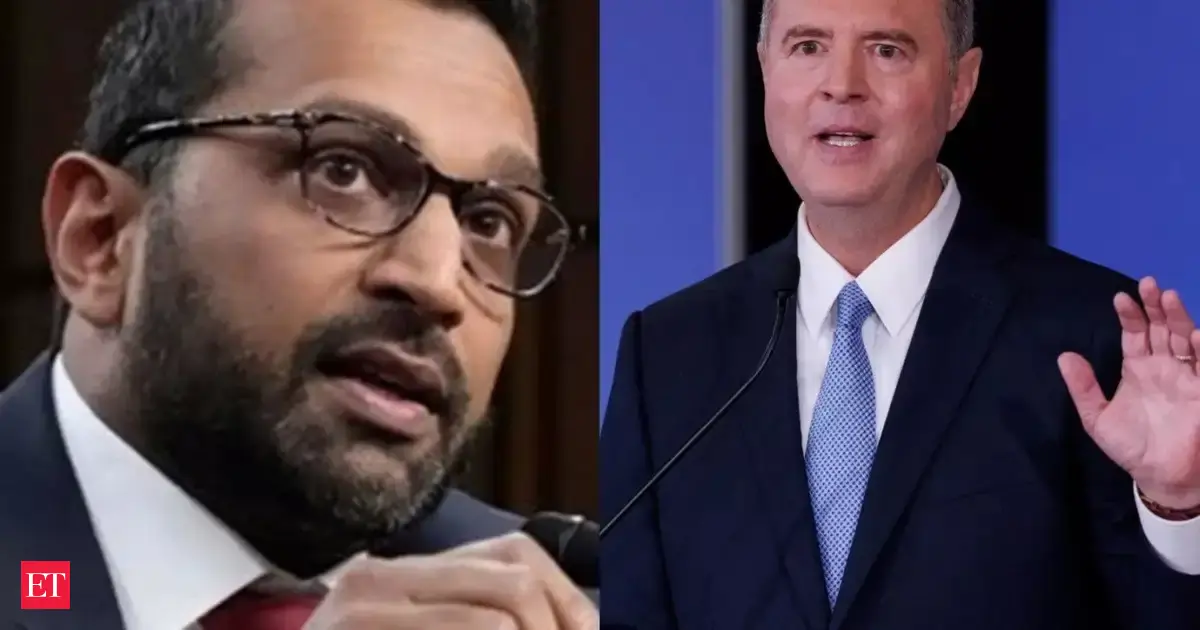
[This story contains major spoilers from the season finale of Black Rabbit.]
New York City will always have a special place in the hearts of Zach Baylin and Kate Susman. After meeting as undergrads at Johns Hopkins University, where he studied film and media and she majored in economics, Baylin and Susman decided to build a life together in the Big Apple — where they tied the knot in 2010, had two children and founded their Youngblood Pictures banner in 2014.
During the 17 years they spent in New York they lived in the West Village, the East Village and in Brooklyn neighborhoods Williamsburg and Greenpoint. In their 20s, they would frequent clubby bars and restaurants, taking advantage of the boroughs’ rich food and music scene. “In the West Village, there was The Spotted Pig, Minetta Tavern and Waverly Inn, which were these incredibly great culinary destinations, but also had a real, arty, celebrity scene, a people-watching aspect to them,” Baylin recalls. “There was also this weird notoriety that maybe fucked up things were happening at some of these places.”
The husband-and-wife duo channeled those experiences into co-creating Netflix’s Black Rabbit. Equal parts family drama and crime thriller, the eight-part series follows Jake Friedkin (Jude Law), the smooth-talking owner of Black Rabbit, a fictional Brooklyn-based restaurant with an exclusive VIP lounge. The illusion of Jake’s seemingly idyllic life is shattered by the return of his chaotic older brother Vince (Jason Bateman), who had fled the state years earlier to avoid repaying a hefty debt to menacing mobster Joe Mancuso (Troy Kotsur). As they both teeter on the edge of financial ruin, Jake and Vince are thrust back into the dark underbelly of New York, where one of them will ultimately be forced to make the ultimate sacrifice to protect the other.
Ahead of Black Rabbit’s world premiere at TIFF, Baylin and Susman opened up to The Hollywood Reporter about their first foray into TV (“It was a pretty steep learning curve”), the show’s high dead body count, why they always felt one of the brothers needed to die and why they think the ending — after such a bleak narrative — is ultimately one of hope.
***
Jude and Jason — who both serve as executive producers — admitted to me that they initially had no idea who would play which brother, but you two had a clear idea from the outset. What do you remember from your earliest conversations with them?
KATE SUSMAN When we first started talking with Jude and told him the references for the characters — the real-life people we knew that owned certain restaurants and bars in New York — he had spent a lot of time there, and he immediately was like, “Oh, I know that person. I know exactly who you’re talking to.” So we had a real shorthand, and we were talking about the same place, same vibe, same people — and even our observations about those people. Hearing him identify with that off the bat, we felt a tremendous relief.
We were huge fans of Jason’s, both directorially and his acting. He often plays a buttoned-up person or someone who might go to help diffuse a situation, and we loved the idea of flipping that on its head and making him feel dangerous. He grabbed that role, and we went off and started writing. We hadn’t seen him in a few months, and the next time we saw him was at a Lakers game on TV or something, and he had started growing his hair and beard. We were like, “Oh my God, he started to get into Vince.” That was thrilling for us, because that disheveled scraggly look totally became who Vince was.
The first day on set, we shot the scene in the Reno parking lot where Vince is getting held up for [his dad’s collection of] coins. Jason brought a level of self-confidence and humor to that scene that is not written on the page —
ZACH BAYLIN And indignation. He’s so put out by those guys. I think that unwarranted confidence of that person was really interesting.
SUSMAN Immediately when cameras were rolling, we’re like, “Oh, that’s Vince.”
BAYLIN One of the great luxuries of us getting to be on set every day was that we could begin to see how behavior was impacting character decisions and revise later scripts to either keep building out things that were working, or being like, “Okay, I don’t believe that Jake will say this later, now that I see how Jude’s playing him.”
The armed robbery at the Black Rabbit is first teased at the start of the premiere. The first six episodes reveal the circumstances that led to that robbery, and the final two depict the fallout from that tragic evening. Why did you want to start there? Did you always know how the story was going to start and end?
BAYLIN Yes, there were certain things we knew from the beginning. We knew that it was going to start with that robbery.
SUSMAN We knew that the brothers were involved in it.
BAYLIN And we knew what was going to happen on the roof. The way in which Vince died changed a couple of times throughout the writing process, but we knew that there was going to be a sacrifice that was going to happen. In some trite way, we wanted to kick the show off with a big action piece that was going to get that juices going. But we also wanted to make it very clear that this was a show where the artifice of the restaurant was going to get shattered.
SUSMAN This show is going to be in this very vibrant and alive world, and not everything is what it seems. So we wanted to cue the audience into what to expect, what show they were going to get, and then go back and unpack how we got there.
BAYLIN Structurally, we came from a film background. We’d never been in a writers room, and it was a pretty steep learning curve. But this was always going to be a close-ended show. We wanted to approach it as a complete package, and we didn’t want any filler. I get a little frustrated with television that feels like, “We have 13 episodes. Maybe we’re going to have these two characters in a room for 60 minutes, and they’re just going to talk. And then the story beat [that moves the plot forward] is at the end.” That’s not a type of storytelling that I enjoy.
We’re not the first people to do this, but we wanted to try and take the scale of filmmaking in a feature, but also the propulsion of something like Uncut Gems and see, “Could we do that for eight hours?” Sometimes, we found that, “Okay, that’s too much.” (Laughs.) You can’t lock people in that jewelry room for that long, but we wanted to try and apply the way we approach film to this project.
Episode six, “Attaf**kinboy,” cleverly explores what happened in the hours leading up to the robbery from the perspective of five different male characters — Jake; his friend Wes (Ṣọpẹ́ Dìrísù); Black Rabbit chef Tony (Robin de Jesús); Mancuso’s mercurial son, Junior (Forrest Weber); and Vince, who reluctantly agreed to help Junior carry out the robbery. How did you land on that narrative structure for the episode?
BAYLIN We had talked about having that sort of Rashomon-style for the episode that would show us the heist and the reveal. A great Sidney Lumet movie called Before The Devil Knows You’re Dead was a big inspiration for us, but also has a timeline-jumping perspective. So we really wanted to do something interesting with the form of that episode, and [writer] Carlos [Rios] figured out how to break that.
SUSMAN By the time you get to the robbery, we knew it was going to be a sprint to the finish line. [After that] you’re watching a new show now. The past is done. Now we’re in this escape movie. So we felt like we wanted this setup to kick off what was going to be the end of it.
BAYLIN It’s very hard in television to tell something that has a singular POV. Shows have done it, but it’s really challenging to live in one character’s POV for a long time. But I think these moments were so critical to every character’s life and the decisions that they made. They were going to really impact where they end up, so we wanted to find a way where you would be like, “Can we just stay with Jake for 15 minutes? Can we just stay ultimately with Vince?” Which becomes a reveal of how Vince was involved. But I think those last 10, 12 minutes with Vince — Jason is so incredible, and it’s so heartbreaking. When he’s in the car with Junior and both of them have been abandoned by their families, and he’s just like, “Fuck it, let’s do it,” it’s an incredibly contained but emotional performance from Jason.
How did you think about evolving the central relationship between Jake and Vince over these eight episodes?
BAYLIN We wanted it to continually toggle and turn over. When the show begins, you may perceive Jake to be someone who has his shit together and feels like he makes the right decisions —
SUSMAN And that Vince is totally out for himself.
BAYLIN Yeah. As the show goes on, you see that they’re very similar, but Vince wears all his problems on his sleeve and doesn’t give a fuck what people think. Whereas Jake is just as broken and making bad decisions, but he has this veneer. I think we wanted to continually see-saw where that sense of righteousness was.
SUSMAN And that idea that your sibling knows you in a different way than anyone else in the world knows you. Those dynamics go back to very early childhood, so no matter who you become in the world, you are always the same person to your sibling. I find that really fascinating, especially for these brothers who have experienced so much trauma and still try to make their way. It’s very important to them what their brother thinks of them, and they can never escape who their brother sees them as, but that’s the beauty of it. And in the final scenes, we tried to really reflect how important their bond was and how much they do for each other.
How do you think Jake and Vince’s shared past informs the way they behave in the present?
BAYLIN As writers, you’re constantly building huge backstories for your characters, and a lot of it never even makes it onto the page or into the show. But for us, it was really important to know those things. Their father, “Big Dick” Friedkin, was a huge part of our writing process, and we talked a lot about Jake and Vince being different sides of that guy. The actor [who played their father] did an amazing job. He’s not on screen very much, but we knew that he was going to be this larger-than-life idea for Jake and Vince.
To be perfectly honest, we changed a lot as we went. For a long time, Jake did not know that Vince had killed their father, and we wrote and rewrote [their] final scene for months.
SUSMAN Hundreds of times.
BAYLIN Justin Kurzel had come on to direct episodes seven and eight, and we were giving him outlines of what his episodes were going to be. I think Justin was like, “[Jake] should know.”
SUSMAN We were like, “Oh, that’s impossible. We’re already down this path. We can’t change it now.” And he’s so respectful. He was like, “Okay, yeah, sure, that’s fine.” I think he read it again and was like, “This is great. I think he should know.” We trust his opinion so much, and I think he’s such a brilliant filmmaker, so we had to sit with it a bit and think, “Do we feel that this is better? Do we feel like this says something more about Jake’s character?”
BAYLIN “And do we feel like that is honest to who Jake has been in all these episodes?” The amazing thing, when we decided that was the right way to go, was that it spoke about how people deal with trauma in such a different way. Jake would’ve buried that [trauma], and also, of course, this is [why] he has tried to protect his brother for so long, and maybe it’s not even something he’s fully internalized. I think that is the amazing thing about working with Jason, Justin Kurzel, Laura Linney, Ben Semanoff — these amazing directors who all saw things in the script that they were like, “What if we pull that thread a little bit?”
SUSMAN We really wanted this show to be very film-driven. Jason created the world and set the looks, but we wanted every director to really make their own film inside this. I think in every block, our directors made their two episodes much better. Like Zach said, we like being collaborative. Often, when you get a bunch of people together talking about different ideas, and coming at it with fresh eyes or a different opinion, you can get better stuff. So I feel like every time we would be going through scripts with new directors, the directors were helping us shape the final story.
You always knew Vince was going to meet his demise by the end, but did you ever consider having him die another way?
BAYLIN For a long time, we had this poisoned bag of coke that was a part of the story, and that had come out of a really tragic story that a restaurateur friend of ours had told us that had happened —
SUSMAN With his line cook.
BAYLIN So we had this MacGuffin for a long time that we thought was really interesting. There was a point where Vince was going to purposely take that and OD, and that felt aligned with his history of addiction. But when Jason, [location manager] Paul Eskenazi, and [production designer] Alex de Orlando found what would be the actual location of the restaurant, then it was apparent that there was this roof that overlooked the Brooklyn Bridge, and it was this incredibly symbolic idea of New York and what the brothers had wanted to achieve. We were on a flight back from New York with Jason, and we were talking about the ending of the show, and we were like, “We gotta put it up there.” So it came out of conversations of, what would be the most cinematic way to do this, but what would also be the most metaphorical?
SUSMAN There was the idea of having finally reached the top and then letting go.
Troy Kotsur is an unexpected delight as Mancuso, a mob boss who goes after the Friedkins for an unpaid loan. Why did you decide to cast him in that role?
BAYLIN We had met Troy socially. We loved him in CODA, but socially, Troy’s really gregarious. He’s really fun, he’s a really big guy, and he can be menacing. It was clear that he had this incredible presence, and we had asked him, “What are you looking for? What do you want to do next?” He was like, “I really want to play a bad guy.” I think we added that in our back pocket.
And when we started talking in the writers’ room about this character, we were like, “Okay, this is Troy. [Mancuso] will be deaf, and he’ll have a CODA son.” We hadn’t talked to Troy in years, but we wrote it and said, “I hope he still wants to do this,” because it was really written specifically for him.
There’s also a compelling connection between the Friedkin brothers and Mancuso, who was a looming figure during their childhood. Mancuso, as vicious as he was, always had a little bit of a soft spot for these brothers.
SUSMAN [Mancuso’s] final scene with Jake is one of the most heartbreaking scenes in the series for me. They’ve both just lost the person closest to them. For Troy’s character, we see him get vulnerable in the baths when he finds out what happened to Junior [at the robbery, where Vince kills Junior to save Jake]. But Mancuso and Jake share this past. In the story, he had been there when Vince killed their father, and he had helped [get rid of his body]. He had been a part of these kids’ lives forever, and we liked the familial relationship between him and Jake and between him and Vince. He knew from an early age that these kids were kind of doomed, and he probably knew from a young age that his son was doomed, based on how he was as a parent and who Junior was.
So that moment of mutual grief and then in some ways peace between the two of them at the end — and just to do it wordlessly — was so powerful. I remember that day on set was very electric, and Jude so carefully meted out his response to this tragedy that had befallen him. It’s so beautiful when Troy is there, and he has finally let his guard down. This is someone from his past who has this almost fatherly relationship to him, and that is when [Jake] finally releases [his pain].
There are so many dead bodies by the end of the series. Can you confirm that Babbit (Chris Coy), Mancuso’s other main henchman, is dead?
BAYLIN Oh, Babbit is dead. He gets the coke in the face [by Vince].
Can you walk me through your decision to kill off three other characters? There’s Wes, Vince’s longtime friend and biggest investor, who dies of a gunshot wound during the robbery. There’s Vince’s close friend, Matt (Don Harvey), who owns a smaller bar and helps Vince get back on his feet. And there’s Anna (Abbey Lee), a former bartender at Black Rabbit who was sexually assaulted by a patron, was let go from her job, and then died tragically in her own home at the hands of Babbit.
BAYLIN We found that there was such a tragicness to Wes getting wrapped up in Jake and Vince’s world in the way that he did. It felt [fitting considering] the randomness of the way those shootings happen. I think Ṣọpẹ́ was so terrific. That was decided really early on.
SUSMAN Matt’s a character we loved so much.
BAYLIN Don brought so much to that role, and we knew pretty early that he was going to die, but I honestly wish we could have kept him alive because I think there could be a whole spinoff with him at that bar. Jason and him had such amazing chemistry.
Anna dying was a really big decision that we made. We talked a lot about the weight of that [tragedy] on the characters afterwards. Is it going to be something that they can overcome to keep the story going? There were a lot of restaurants in New York that we pulled inspiration from. Some of them had some very bad sexual business that was going on. That was something, certainly, we read a lot about and talked to people about, and we wanted to touch on the messiness of what the nightlife industry can allow. So Anna’s rape and eventual death were things that we wanted to handle with a lot of sensitivity, and we also knew they were going to be incredibly impactful on the characters.
There is a dream-like coda set to Ella Fitzgerald’s “Manhattan.” How did you settle on the endings for the surviving characters?
BAYLIN That [flash-forward] gives the idea of an entirely new life that a lot of these people have. Honestly, it was very collective. I remember Sarah Gubbins, who was an amazing writer that we had, was like, “Oh, it’s obvious. [Amaka Okafor’s] Roxie closes the door, and the restaurant says ‘Anna’s.’” That was something that came out of the writer’s room that we had for a long time.
SUSMAN Obviously it’s a tragedy, but we wanted to end with some hope. We feel like there is hope in Jake’s life, [Cleopatra Coleman’s] Estelle’s life, and Roxie’s life. A certain amount of time has passed after what happened to Vince, and we were thinking, “What’s hopeful for Jake? What’s realistic for Jake?” There’s subtle things — he’s wearing a jean jacket when he would never before, he’s riding the subway, and he’s talking to his son when he’s dropping him off instead of being on his cell phone. So he’s freed himself of some of the artifice of Jake, and he’s a working man in the city and making it work. I think there’s something really beautiful in that, so we wanted to say that these characters can find peace —
BAYLIN Without being saccharine or too optimistic.
***
Black Rabbit is now streaming on Netflix.



